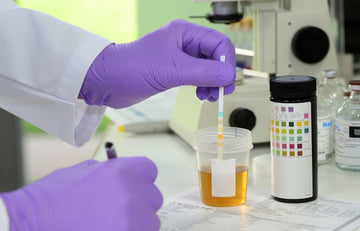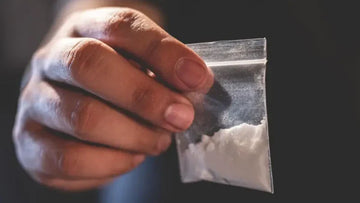Cocaine and cannabis are two of the most commonly used illicit drugs, each with distinct effects, legal status, and detection windows in the human body. Understanding how long these substances remain in your system and the implications for drug testing is crucial for both users and those in professions where drug testing is common.
Cocaine: Duration and Detection
Cocaine is a powerful stimulant with a short duration of action. The effects of cocaine can be felt almost immediately after use, typically peaking within 30 minutes to an hour. However, the duration of detectable cocaine in the body varies depending on several factors:
Urine Tests: Cocaine can be detected in urine for about 2 to 4 days after use for occasional users. For chronic users, this detection window can extend to 1 to 2 weeks. The primary metabolite tested is benzoylecgonine, which is detectable longer than the parent drug.
Blood Tests: Cocaine is usually detectable in blood for about 12 to 48 hours after use.
Saliva Tests: Cocaine can be detected in saliva for approximately 1 to 2 days following use.
Hair Tests: Cocaine can be detected in hair follicles for up to 90 days or longer, depending on the length of hair tested and the frequency of use.
Given these timeframes, a user may fail a drug test if they are tested within the respective detection windows after consumption.
Cannabis: Duration and Detection
Cannabis, or marijuana, is widely used for both recreational and medicinal purposes. The primary psychoactive component, THC (tetrahydrocannabinol), has varying detection times depending on the frequency of use:
Urine Tests: For occasional users, THC can be detected in urine for about 1 to 3 days after use. For regular users, this window can extend to 10 to 30 days, and for heavy, chronic users, it may linger for several weeks or even months.
Blood Tests: THC is typically detectable in blood for 1 to 2 days for occasional users, but for regular users, it can be detectable for a week or longer.
Saliva Tests: THC can generally be detected in saliva for 1 to 3 days after consumption.
Hair Tests: Similar to cocaine, THC can be detected in hair follicles for up to 90 days or more.
Factors Influencing Detection Times
Several factors influence how long cocaine and cannabis remain detectable in the body:
1. Frequency of Use: Regular use leads to accumulation in the body and longer detection windows.
2. Metabolism: Individual metabolic rates can affect how quickly substances are processed and eliminated.
3. Body Composition: Fat storage can play a role, especially for cannabis, as THC is fat-soluble.
4. Hydration and Diet: Hydration levels and diet can influence metabolism and excretion rates.
Conclusion
Both cocaine and cannabis can remain in the body for varying lengths of time, affecting the likelihood of failing a drug test. Awareness of these detection windows is essential for users, especially those in occupations where drug testing is prevalent. It is important to note that laws and regulations regarding cannabis use vary significantly by region, impacting legal consequences and workplace policies. Always consult with a medical professional or legal expert regarding substance use and its implications.






